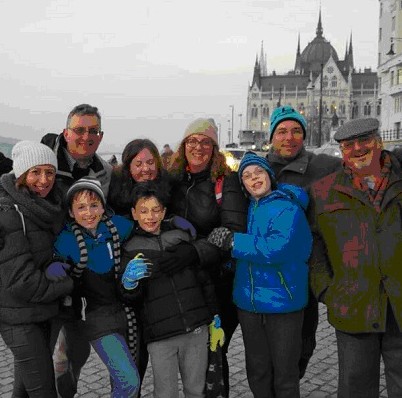ELKAN’S VIEW FROM NETANYA – WEEK ENDING 7TH MAY 2016
Rabbi Dr Joseph Ber Soloveitchik (1903-1993) was the major leader of Modern Orthodoxy in the United States during the 20th century. In his essay “Kol Dodi Dofek – Listen – my beloved knocks”, Soloveitchik discusses the religious significance of the creation of the State of Israel and the obligation that its existence imposes upon all Jews.
In one chapter he traces six occasions when he believed that Gd specifically intervened to ensure the establishment of the State of Israel, and he describes these as “knocks” that “The Beloved”, Gd himself, made.
The first was in the political arena. It was unbelievable in 1947 that Russia and America should both vote for the partition resolution which established the State of Israel. He believes the United Nations was specially created to pass it because “one cannot point to any other concrete accomplishment on the part of the United Nations”.
The second knock was on the battlefield. Gd heartened the hearts of the Arabs who went to war instead of accepting the 1947 Partition Plan. Had they done so the State of Israel would have been without Jerusalem, most of the Galilee, and much of the Negev. As there was a battle, so Israel was able with divine assistance to defeat its enemies.
The third knock was theology. Soloveitchik understood the doctrinal assertion that there was a “new covenant” under which Christianity had the right to the land of Israel. The victory of Medinat Yisrael and its possession of the Holy Land totally overturned this false concept.
The fourth knock was on the heart of those who were trying to forget their Jewishness. The existence of Israel raises a level of Jewish consciousness even amongst those who are most assimilated.
The fifth knock is that our enemies have discovered that Jewish blood is not cheap and that we have the ability, indeed the duty, to defend ourselves.
The sixth knock is “a new phenomenon in the annals of our history”, that every Jew is entitled to find safety and habitation in Medinat Yisrael – who knows what might have happened if the State of Israel had been born before the Holocaust.
